
CAD-Lösungen, die mehr leisten und weniger kosten.
ZWSOFT ist ein weltweit etablierter Anbieter von CAD-/CAM-Lösungen mit über 20 Jahren Erfahrung in der Entwicklung leistungsstarker und kosteneffizienter Software für Konstruktion und Fertigung. Die Hauptprodukte, ZWCAD und ZW3D, zeichnen sich durch hohe Kompatibilität, Benutzerfreundlichkeit und Stabilität aus und bieten eine attraktive Alternative zu etablierten CAD-Systemen. Als Vertriebspartner bieten wir Ihnen Zugriff auf innovative Technologien, flexible Lizenzmodelle und zuverlässigen Support – ideal für Unternehmen, die auf Qualität und Effizienz setzen.
ZWSim Structural - Superior construction.
The worldwide unique solution for simulation of structures.
- Finite-Elemente-Methode (FEM) Lösung
- Für strukturelle und thermische Simulationen
- Integrierte Umgebung für Modellierung +Simulation
- Nahtlose Übertragung von Geometriedaten
- ZWCAD Structural ist zu einem unschlagbare Einmalpreis erhältlich - keine jährlichen Lizenzgebühren.
FEM-compatible I Various analysis methods and test scenarios I Infinitely variable from simulation to design
ZWSim Structural
Weltweit einzigartige Berechnung von Strukturanalysen.
ZWSim Structural is a powerful finite element method (FEM) solution for structural and thermal simulations in an integrated environment for modeling and simulation. ZWSim Structural enables the seamless transfer of geometry data and numerical simulations and supports engineers in the simulation of complex industrial challenges.
ZWCAD Structural ist zu einem unschlagbare Einmalpreis erhältlich – keine jährlichen Lizenzgebühren.
Kontaktieren Sie uns für eine unverbindliche Demo – wir zeigen Ihnen, wie einfach Effizienz sein kann. Ihr GAIN Team.
Why ZWSim?
Based on powerful linear and nonlinear solution methods for structures, ZWSim Structural supports various types of analysis to evaluate strength, stiffness, stability, vibration behavior, heat transfer, nonlinear behavior such as fatigue life.
Validated by thousands of verification tasks and confirmed in numerous real industrial scenarios.
Supports parametric modeling, hybrid modeling of solid surfaces and user-friendly geometry simplification and cleanup. Supports automatic generation of high-quality 1D/2D/3D meshes and more than ten million elements.
Support for more than 20 standard and commercial file formats, including import and export of the Nastran® BDF format.
Clear workflows and an intuitive user interface make it easy to get started.
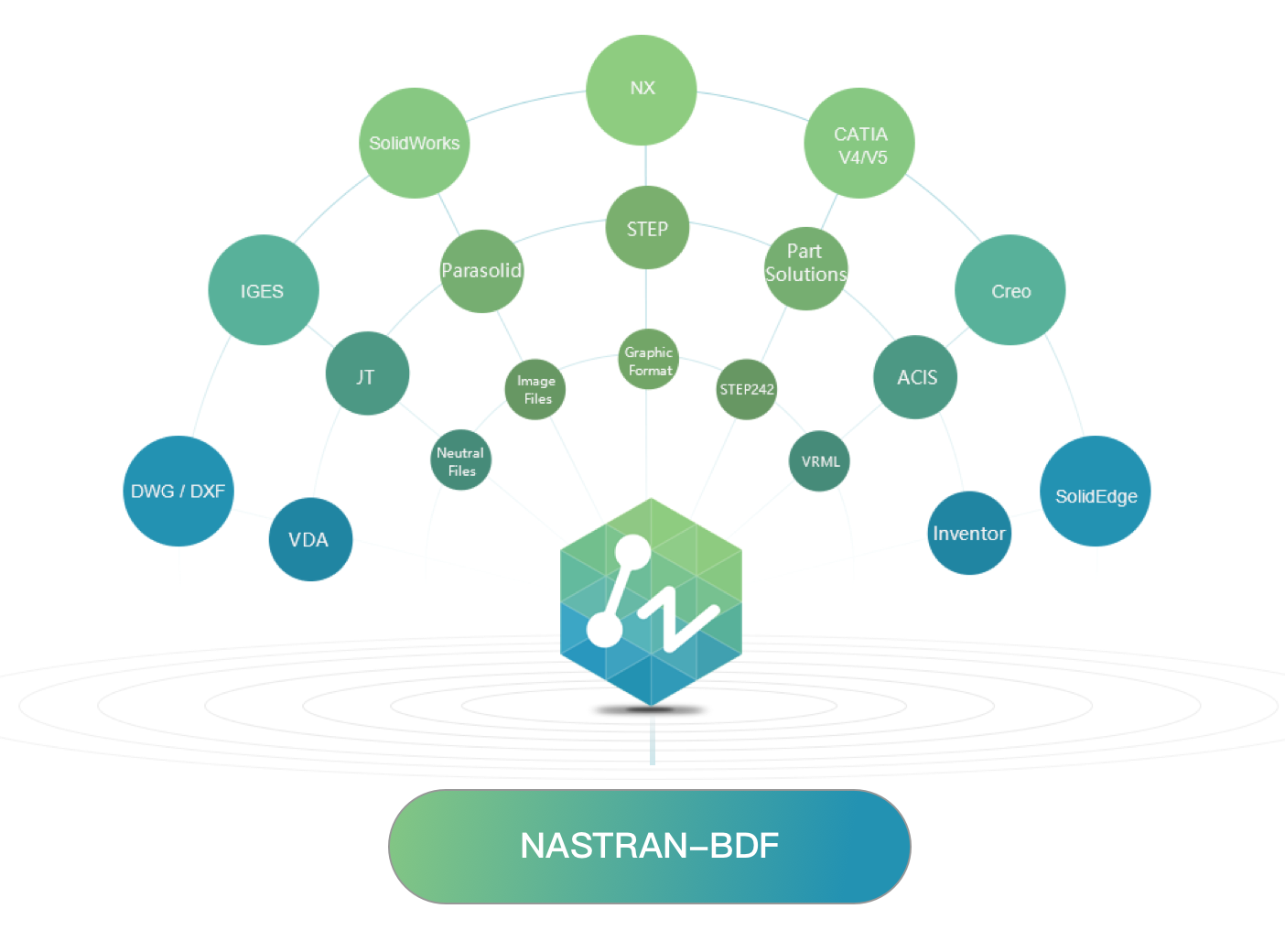
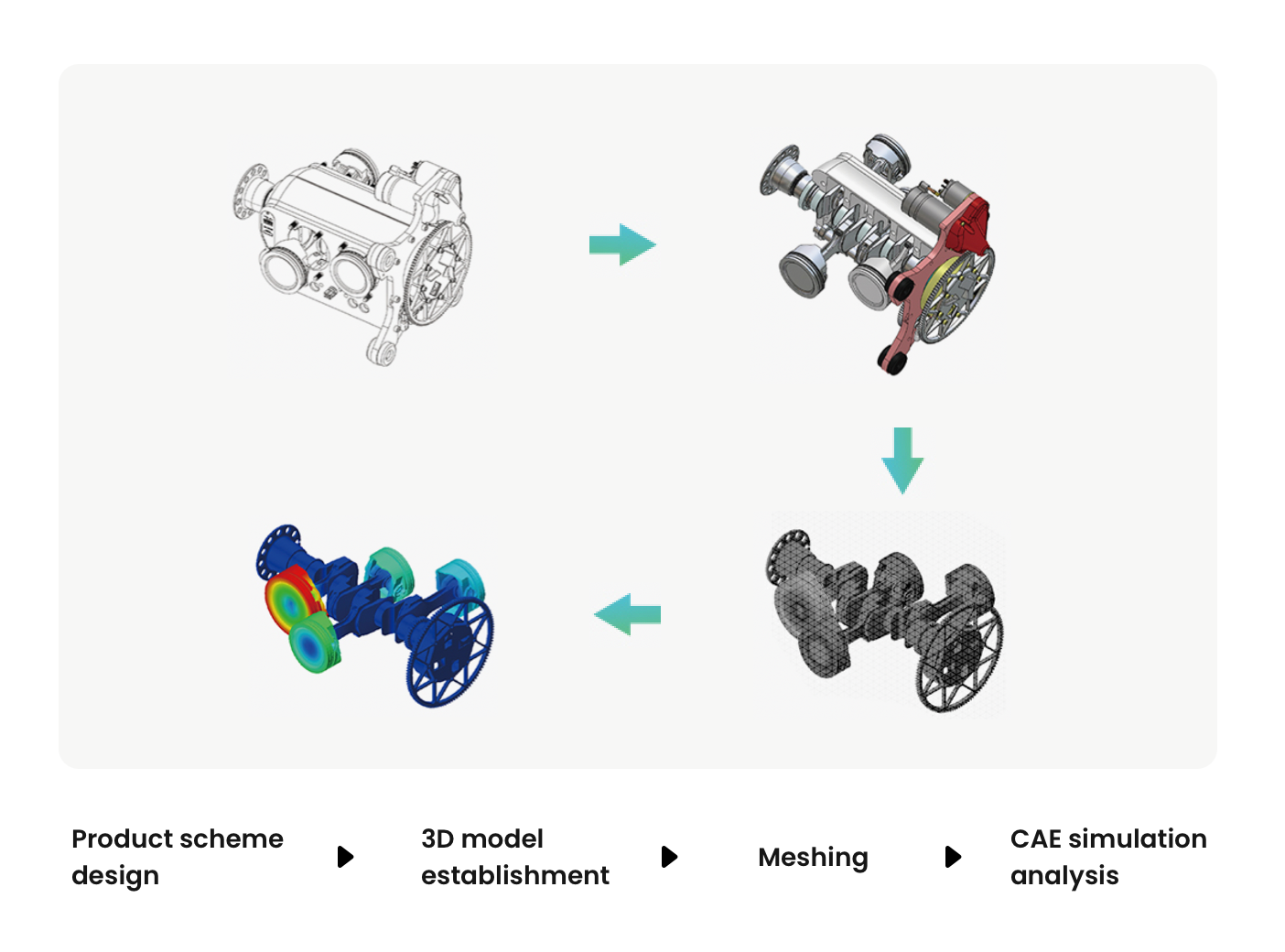
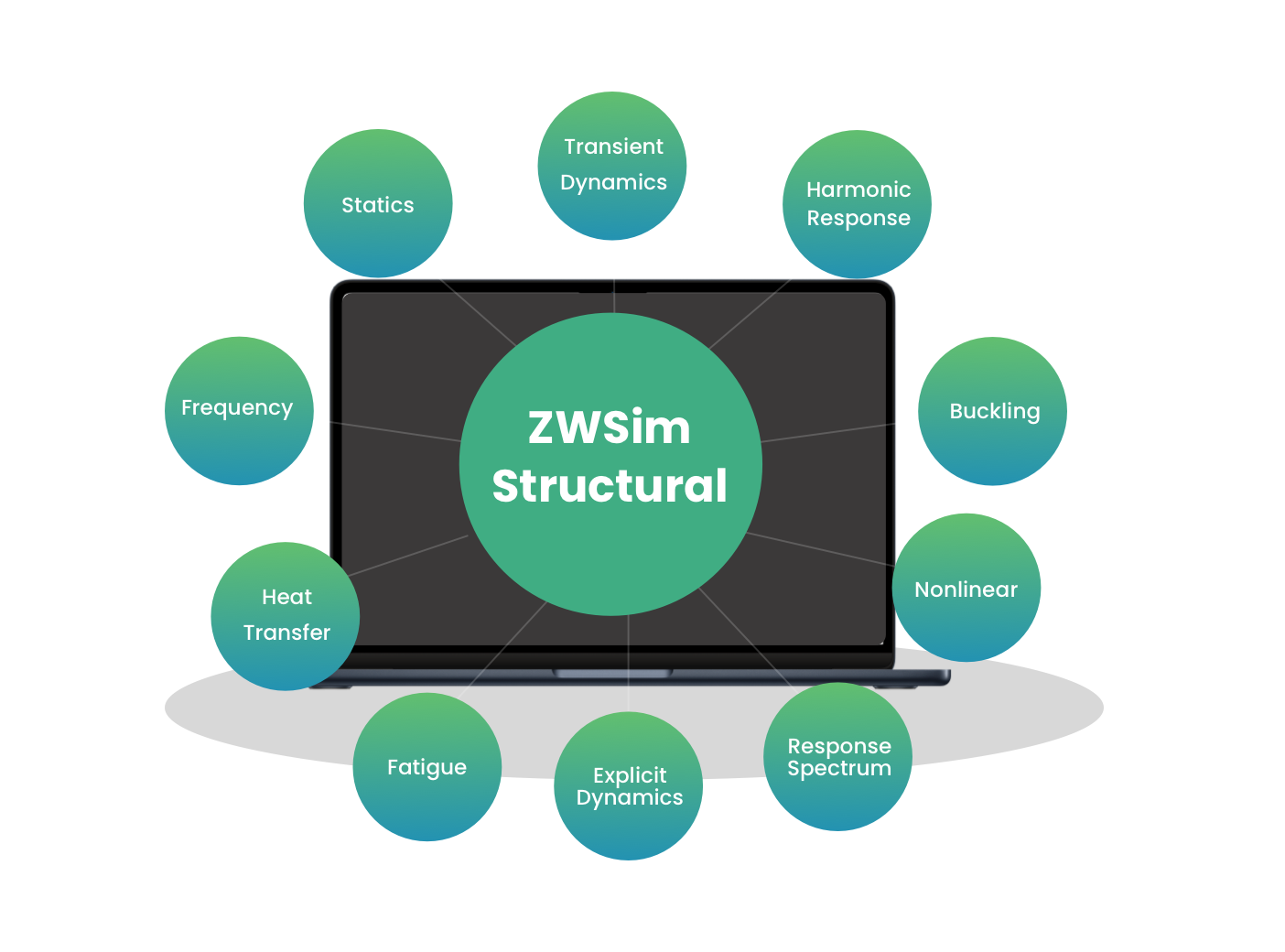
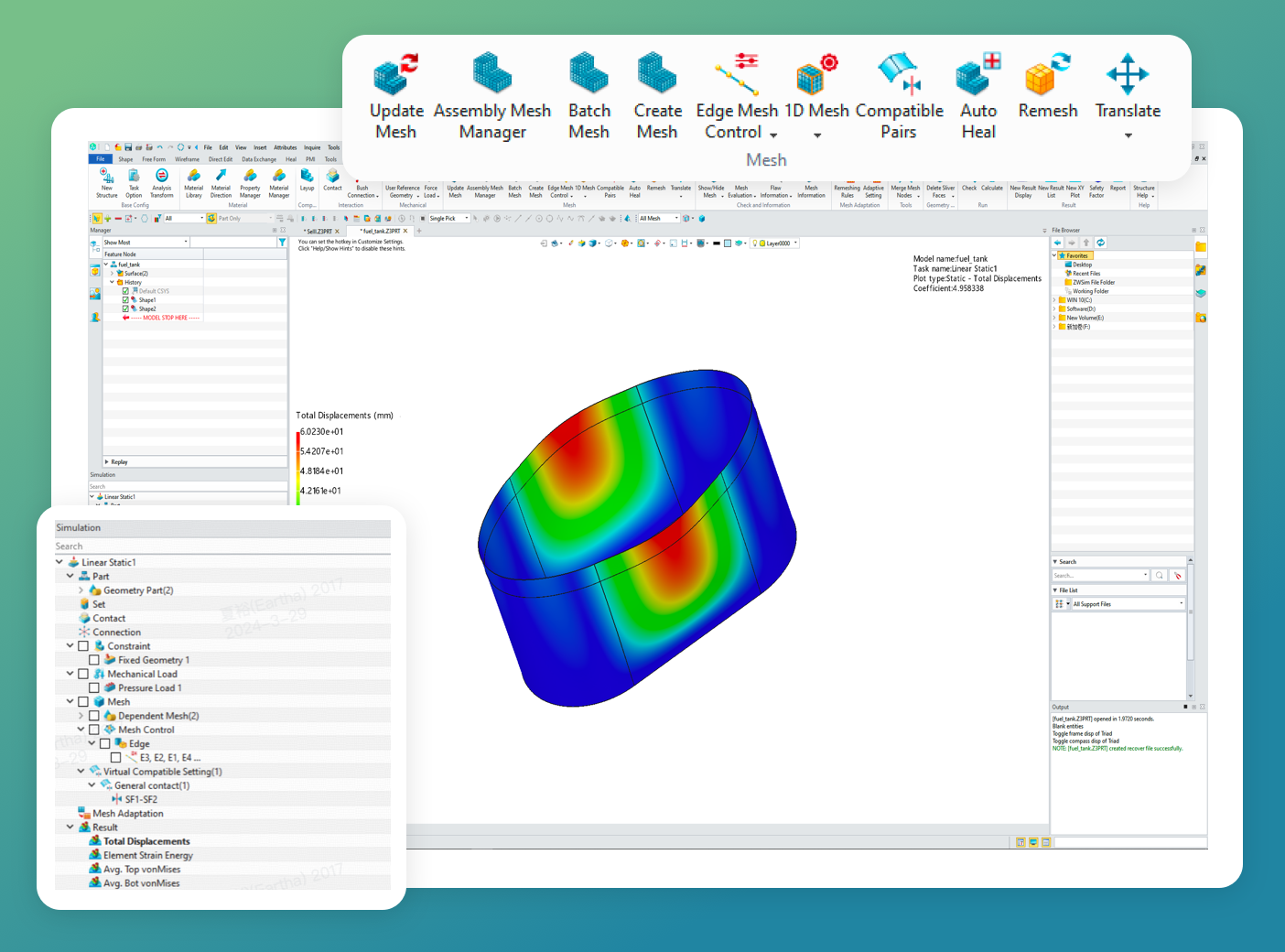
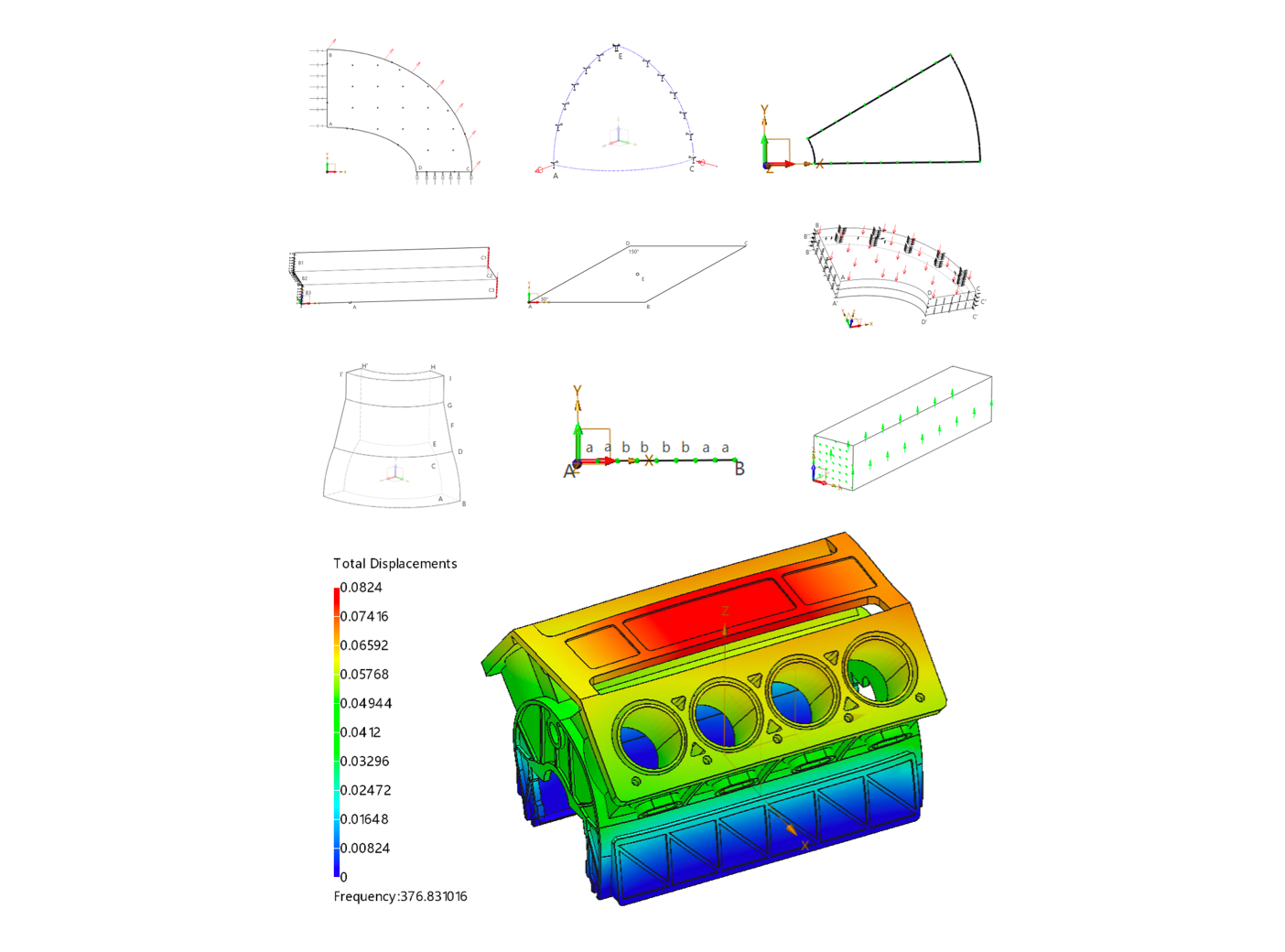
Key Features
The robust and accurate linear analysis includes statics, buckling, modal analysis, transient analysis, harmonic analysis, spectral analysis and random vibration to evaluate the strength, stiffness, stability and vibration behavior of the structure.
Support nonlinear analysis functions that can handle complex contact problems, geometric nonlinear problems and nonlinear materials, so that complicated modern engineering challenges are solved effectively and accurately.
Supports thermal analysis, which can be used to investigate the behavior of objects or structures under thermal stress (e.g. temperature changes).
Supports fatigue analysis with constant amplitude, variable amplitude, time stepping, harmonic and random vibration. These can be used to evaluate the service life and performance of materials or structures under repeated loads.
Supports explicit dynamic analysis to simulate problems with falling electronics or other devices.
ZWSim offers various matrix solution algorithms, including the Lanczos eigenvalue, PCG and multifrontal solution methods. The system also supports multi-threaded parallelization to improve overall performance.
ZWSim supports CPU and GPU parallel computing, which drastically reduces the solution time. This method is also available for remote calculation on a provided server.


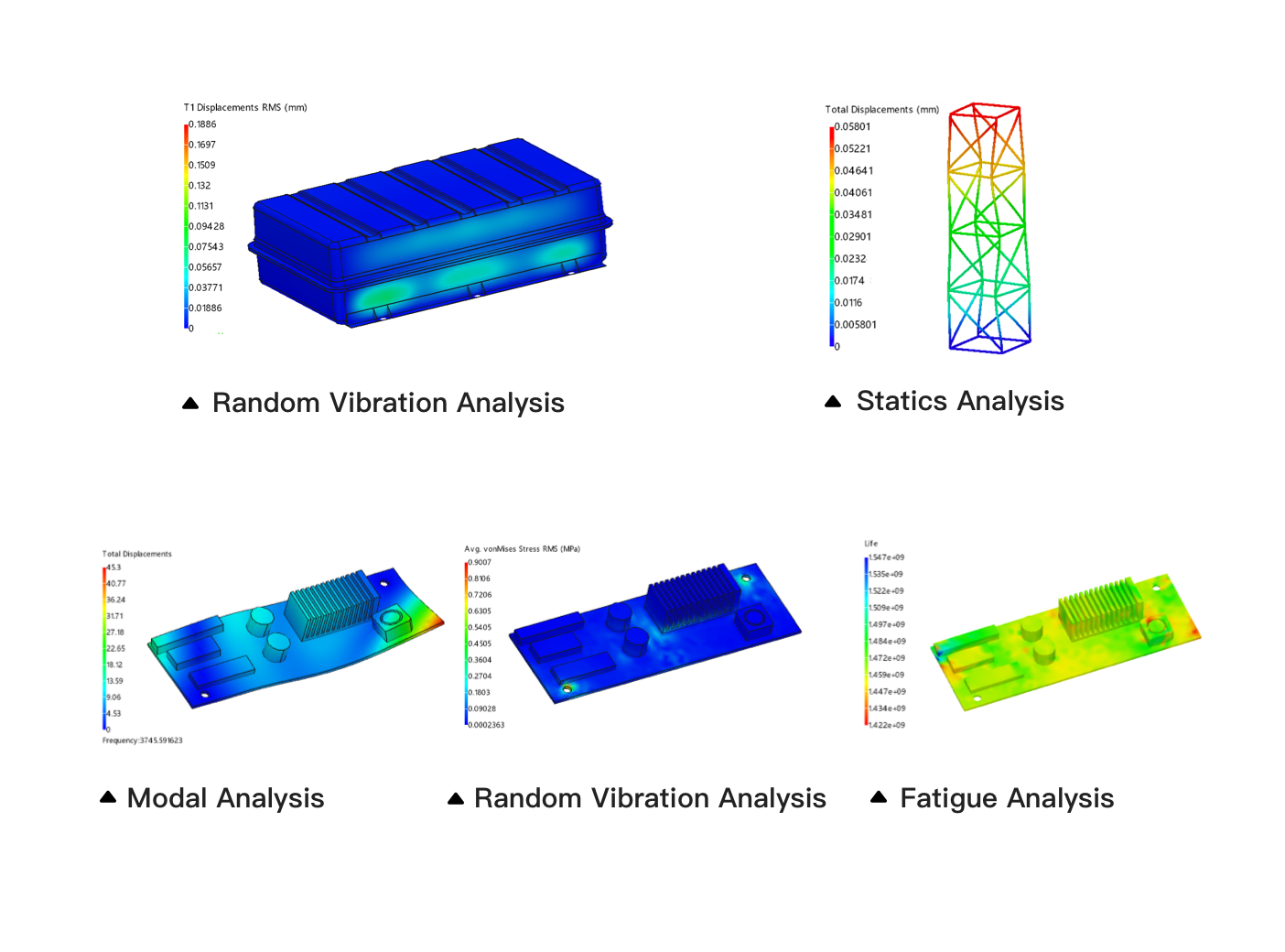
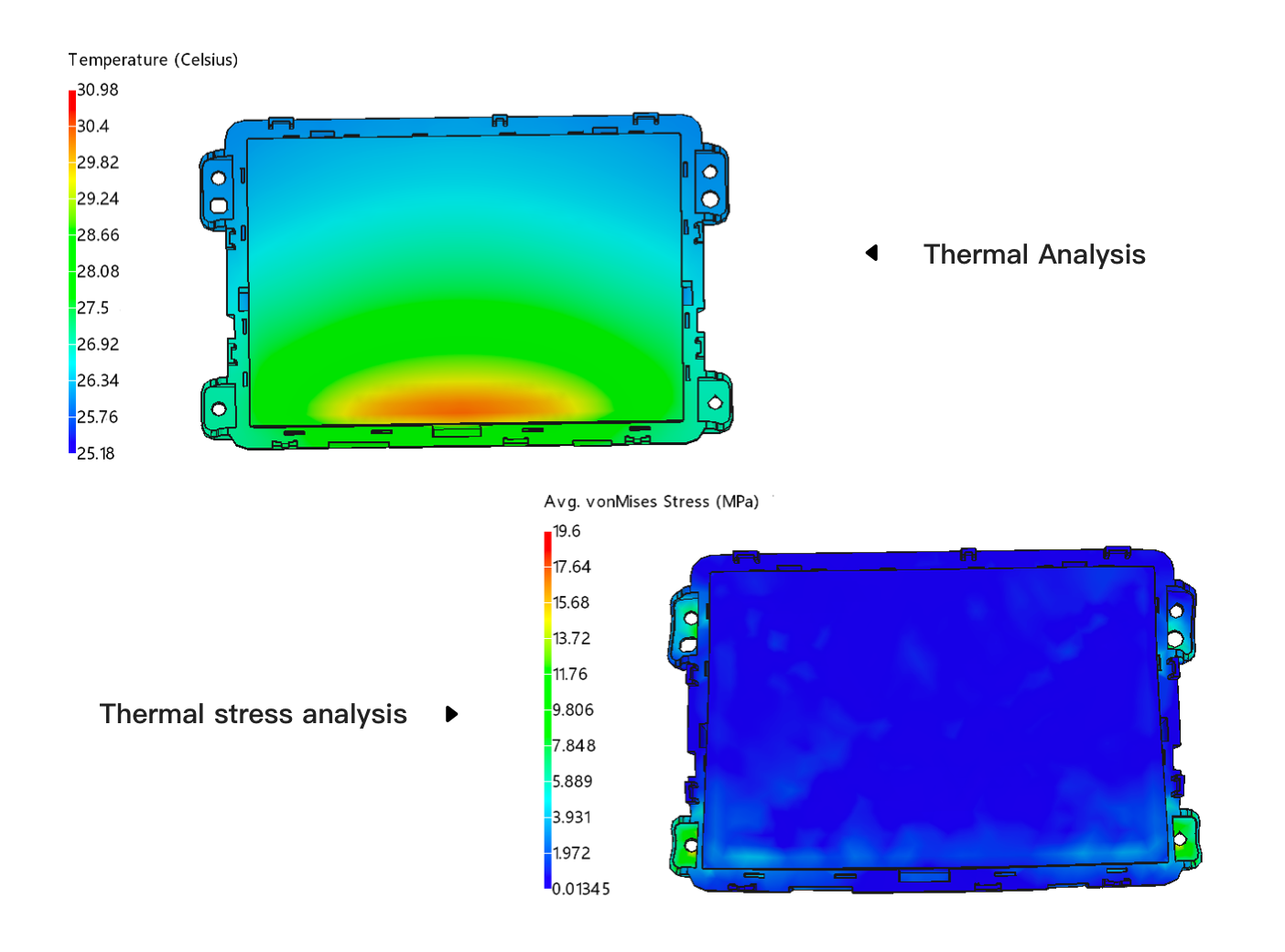
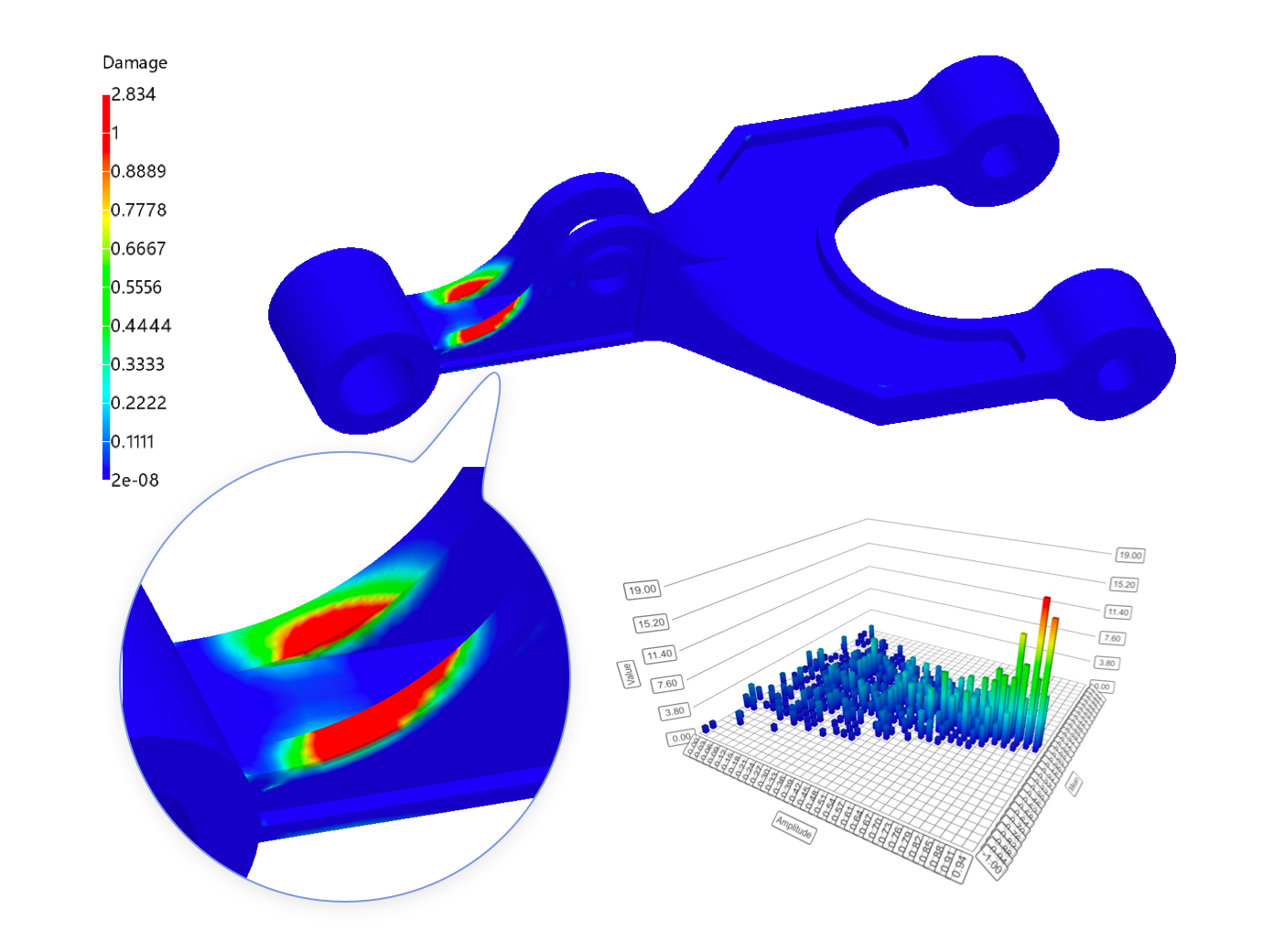

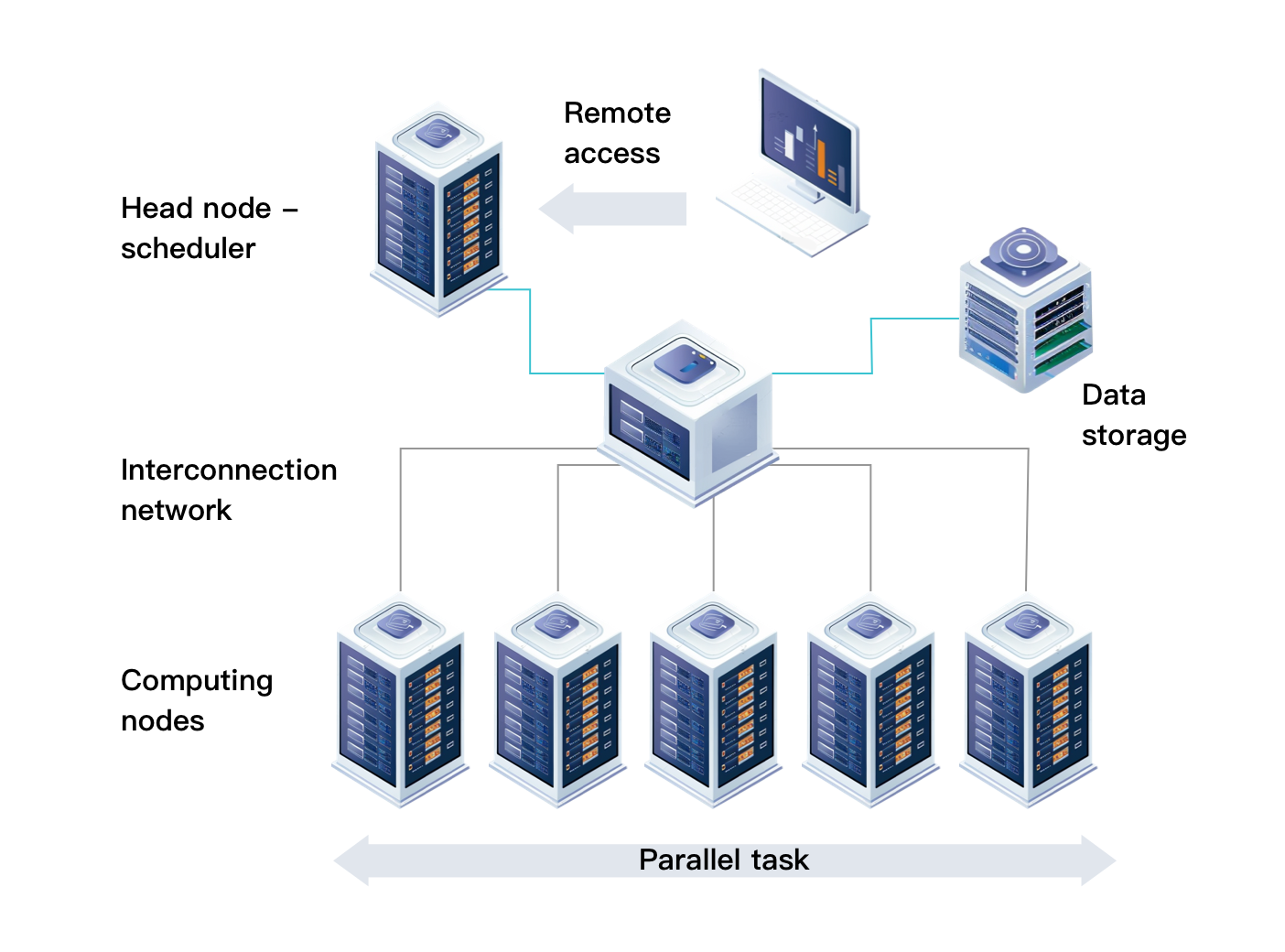

Different element types
Many different element types, such as line, triangle, quadrilateral, tetrahedron and hexahedron elements. Supports beam, bar, cable, shell, volume, mass and many connecting elements.
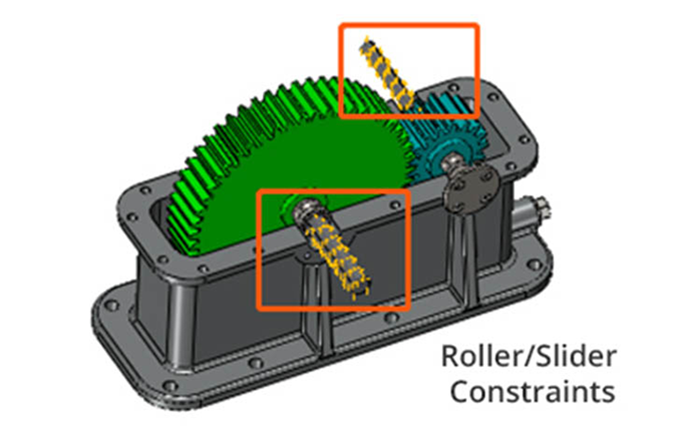
Comprehensive constraints
Provides constraints such as fixed geometry, forced motion and user-defined constraints. Supports structural loads such as force, torque, etc. Provides thermal loads such as temperature and heat output to better simulate real-world scenarios.
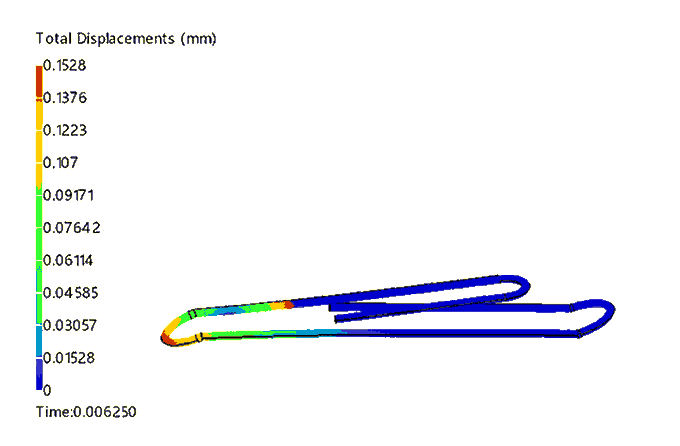
Geometric non-linear analysis
Supports the analysis of large displacements/deformations of beams, shells, bodies and connecting elements. Supports subsequent loads for large deformations.
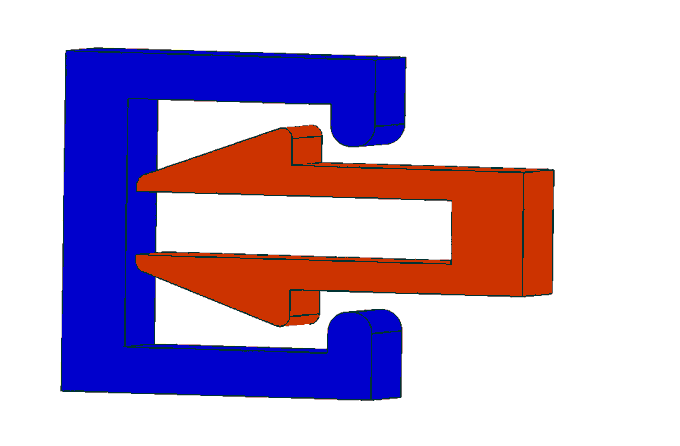
Different types of contact
Supports bonded, frictionless/frictional, rough and adhesive contact. You can define the coefficient of friction in the structural analysis and the thermal resistance in the thermal analysis.
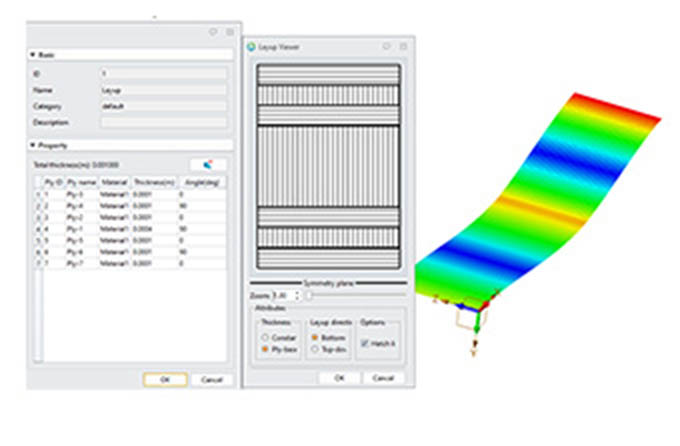
Composite laminate
Supports functions for analyzing composite laminates and the laminate structure of orthotropic materials. Provides five failure criteria to check the results of composite materials.
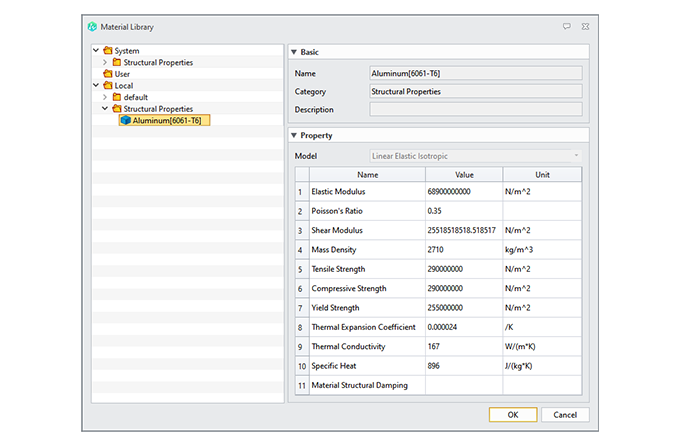
Customizable material library
You can define or change the properties of materials according to your specific needs and save them in your local material library.
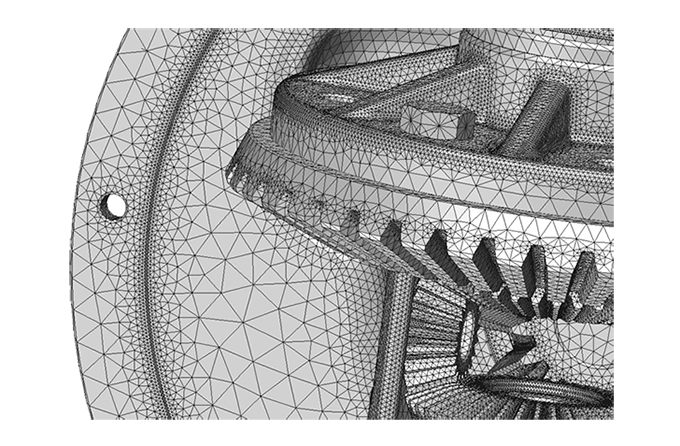
Powerful meshing engine
Supports 1D, 2D and 3D meshes as well as local mesh control, compatible mesh and local remesh.
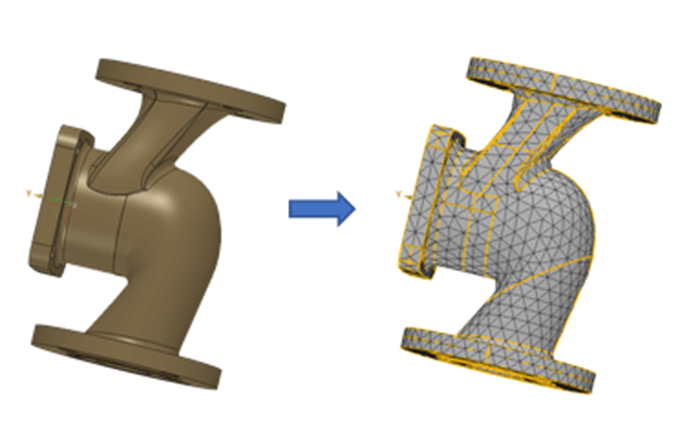
Automatic healing with virtual topology
Supports virtual topology operations to merge short edges, remove small bodies, repair narrow or self-intersecting surfaces, etc. This facilitates meshing work.
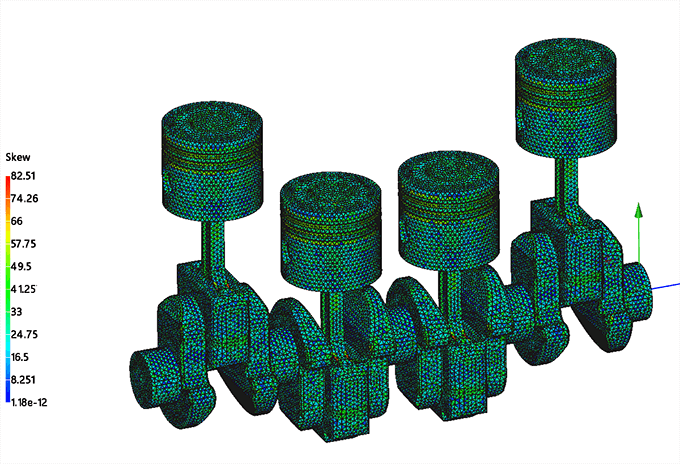
Comprehensive testing of mesh quality
Allows you to check the mesh quality according to user-defined criteria, such as aspect ratio, Jacobian, skew, minimum and maximum angles, to ensure the accuracy of the simulation.
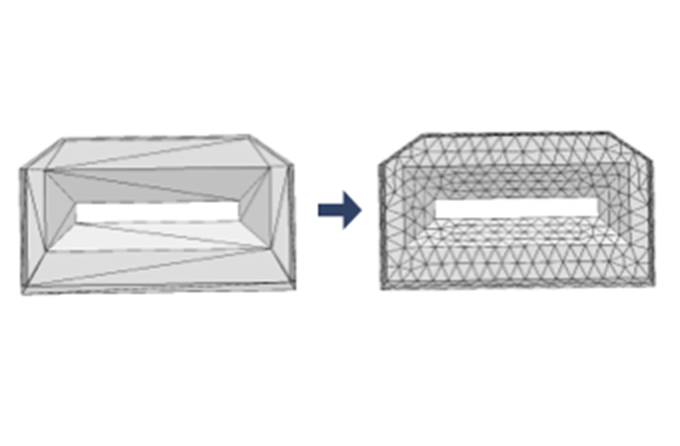
Flexible mesh editing functions
Supports a variety of error control functions such as mesh evaluation and fixing of 2D mesh intersections, mesh editing functions such as remeshing, element translation, sweep and much more.
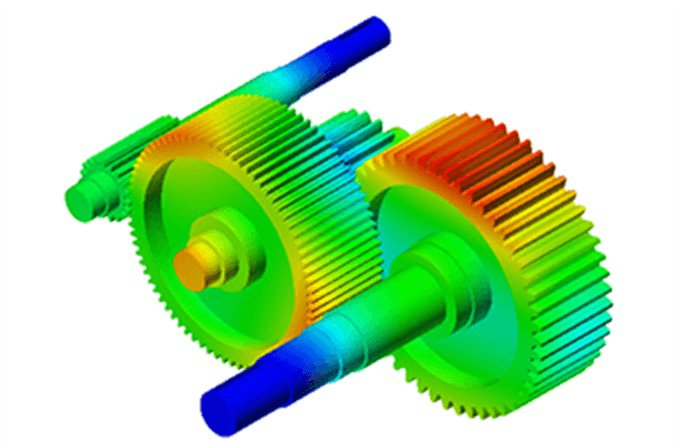
Numerous methods for displaying results
Numerous methods for displaying results, including contour plots, numerical lists, animations, x-y plots and probe detection. Users can customize results and automatically generate simulation reports.
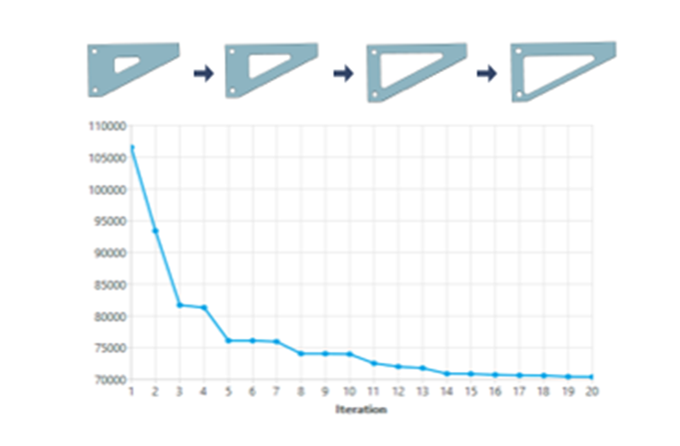
Optimization of parameters
Provides a variety of optimization algorithms to obtain optimal model parameters according to the optimization goals set by the designer.
Would you like to find out more, do you have any questions or suggestions?
Über dieses Formular können Sie eine unverbindliche Produktpräsentation buchen und Downloads zu unverbindlichen Demo-Versionen erhalten. Unsere Produktspezialisten werden sich zeitnah bei Ihnen für eine Terminabstimmung melden. Wir bedanken uns für Ihr Interesse.
Ihr GAIN-Team.
GAIN-Newsletter
Wir informieren Sie über neue Produkte sowie zu Trends konstruktionsintensiver Branchen.
Die Registrierung für unseren Newsletter erfordert durch die DSGVO eine gesonderte Bestätigung per E-Mail. Sie können diese jederzeit widerrufen.

